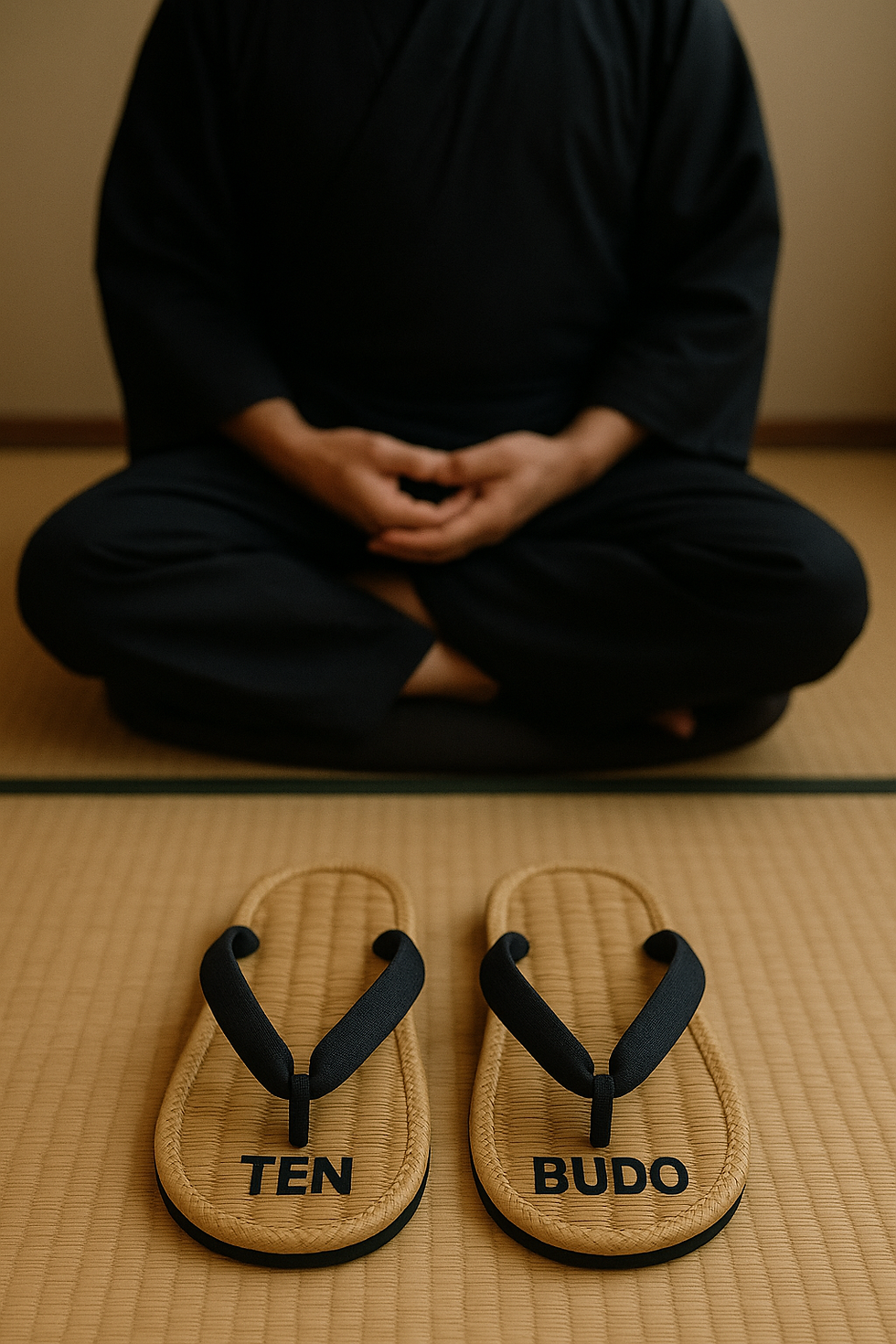Bringing Stillness Home: Practicing Japanese Spirituality in Everyday Life
- chiademurjian
- May 28
- 2 min read
Updated: May 28

Quiet Power: An Introduction to Japanese Meditation and Spirituality
Japanese spirituality is a rich tapestry woven from Shinto, Buddhism, and centuries of cultural reverence for nature, simplicity, and impermanence. At its heart lies a deep-seated respect for the unseen forces that shape life and a contemplative approach to existence. Japanese meditation is a reflection of this — quiet, deliberate, and deeply rooted in tradition.
Japanese meditation is not confined to cushions and temples. It permeates everyday practices like the tea ceremony (chanoyu), flower arranging (ikebana), and even martial arts. These disciplines follow the principle of do (道), meaning “the way.” Each becomes a form of moving meditation — a spiritual path through mindful action.
3 Ways to Practice Japanese Meditation and Spirituality in Your Everyday Life
Incorporating Japanese meditation and spirituality into daily life doesn't require a temple or formal training — it begins with intention and presence. One accessible practice is creating a short, daily Zazen (a form of seated meditation)-inspired meditation session. Find a quiet corner, sit comfortably, and simply observe your breath for five to ten minutes. Let your thoughts pass like clouds without judgment. This simple ritual cultivates mindfulness and creates a buffer of calm in even the busiest days.
Another way to bring Japanese spirituality into daily routine is through reverence for nature and space. You might begin your morning by opening a window and acknowledging the weather, the light, or a plant on your windowsill — similar to the Shinto appreciation of kami, or spirit, in natural elements. Tidying your home with care, arranging a simple vase of seasonal flowers, or lighting incense can turn ordinary moments into acts of quiet respect and connection. These small rituals encourage a sense of sacredness in the everyday.
Lastly, adopting the principle of ma, or mindful pauses, can transform how you move through your day. Instead of rushing from task to task, take intentional pauses — a breath before answering a message, a moment of silence before eating, or a walk without your phone. These pauses create space for reflection and harmony, aligning your internal rhythm with the outer world. In this way, the essence of Japanese spirituality becomes not something you visit, but something you live.






Comments